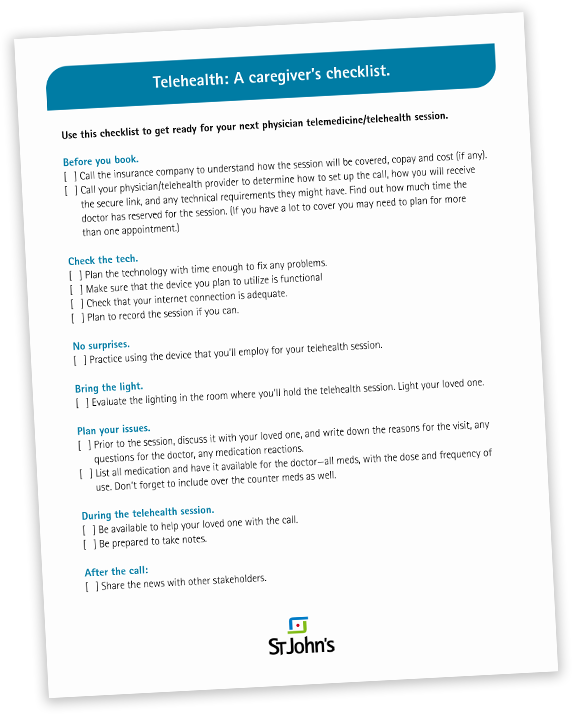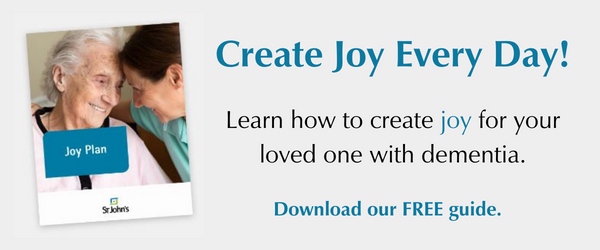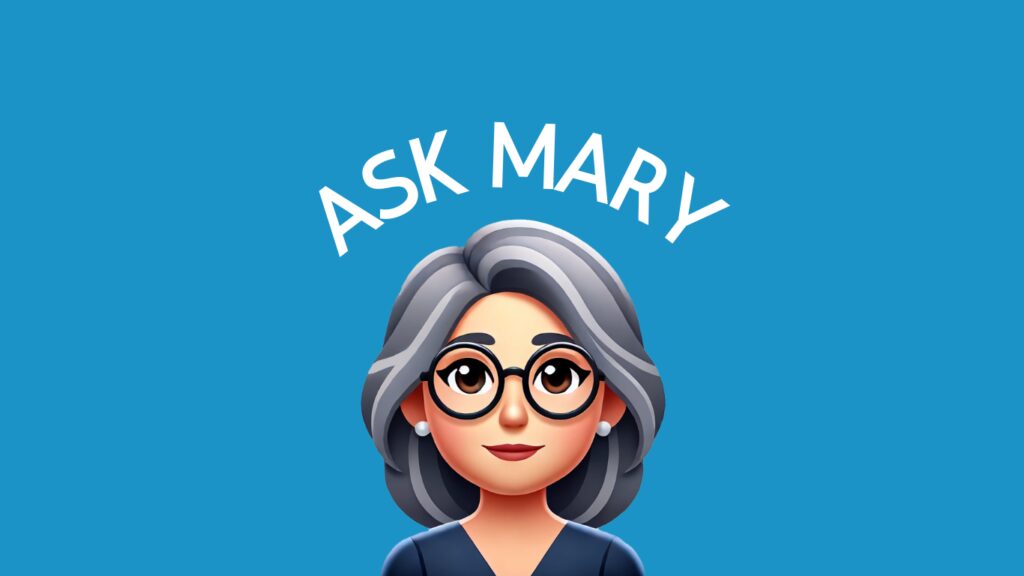These days a phone call or a video meeting may be the best way to check in with your loved one’s physician—for a routine checkup or a non-life-threatening condition. Often the physician or nurse practitioner can evaluate the symptoms via phone or video and can give you an immediate diagnosis or offer support. To get the most out of this situation, a little preparation on your part (as a caregiver) can really make a difference. Here are some tips:
Before you book
Before you book the appointment, check with your loved one’s medical insurance to understand how the session will be covered and the amount of any copay that might be owed. While these days telehealth is typically covered, not all insurance carriers treat it the same way. It is also not recommended for all clinical services. Different providers also handle the telemedicine in different ways: University of Rochester Medical Center may have you arrange the session through a secure ZOOM connection, while Rochester Regional Health may have you manage it through an app. Also understand how much time the doctor has budgeted for the telehealth session, so you are realistic about what you can expect to cover. If you have a lot to cover, let the doctor know when you book the appointment so they can advise you. If necessary, you may need to plan for more than one appointment.
Check the technology
Plan the technology you will use the day before the appointment. That will give you time to adjust any issues you encounter. Make sure that the device you plan to utilize is functional and that your internet connection is good enough to depend on for the call. You may need to set up your device closer to your internet modem or router to ensure a strong signal.
No surprises
At least a day before your telehealth session practice using the device you will employ along with another person who can report on the quality of your transmission. If you need to make changes, you will want to know it before the appointment in time to make necessary adjustments.
Record the session if you can
Think about recording the session—some video platforms allow recording at the touch of a button. If not, you may want to use your phone to capture the action.
Bring the light
Evaluate the lighting in the room where you will hold the telehealth session. Make sure your loved one is illuminated so that the physician can see him or her clearly.
Document the issues
Prior to the session, discuss it with your loved one and write down the reasons for the visit. Include any questions each of you may have for the doctor, as well as any physical or mental reactions experienced by your loved since the last physician appointment. Do not forget to discuss any reactions to medication.
List and have available all medication
Make a complete list of your loved one’s medication—all medication–with the dose and frequency of use–on one piece of paper or electronic note. Adjusting the medication can be one of the important outcomes of the telehealth session. Do not forget to include over the counter medications as well—they can interact with other medication to cause problems.
During the telehealth session
Be prepared to help your loved one with the call. Sometimes it is useful to have a summary of your loved one’s situation for the doctor early in the session. Be sure to allow your loved one time to talk directly to the clinician as well.
Take notes
Even if you have recorded the session, it can be helpful to take take notes and observe your loved one’s reactions to the exam. Also take note of what the doctor suggests to be the most likely cause of any problems that have come up as well as any immediate and long term solutions. Good notes allow you to discuss the session immediately, especially any part that may be confusing to your loved one.
Share the news
If you are working with other family members involved with your loved one’s care, be prepared to let them know your impressions of the session, how your loved one reacted, and the overall outcomes.
Keep a record for the future
It is always helpful to have a place where you keep health notes for the benefit of those who maybe helping with the caregiving on a temporary basis. Label it clearly and keep it where it can easily be found.
When you have time, step back and think about what to do next.
One of the positive outcomes from a telehealth visit should be your own increased confidence as a caregiver. A recent JAMA Internal Medicine study reported in Healio showed that dementia patients as well as their caregivers showed improved quality of life as a result of telemedicine sessions.

Enter your email for your personal (free) copy of Telehealth: A Caregiver’s Checklist.







